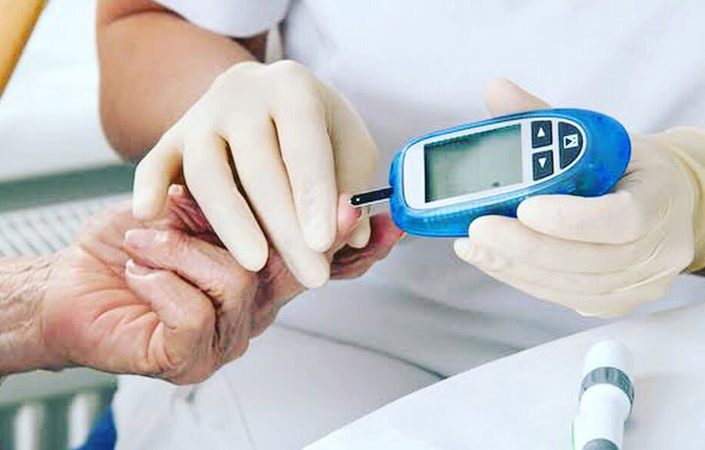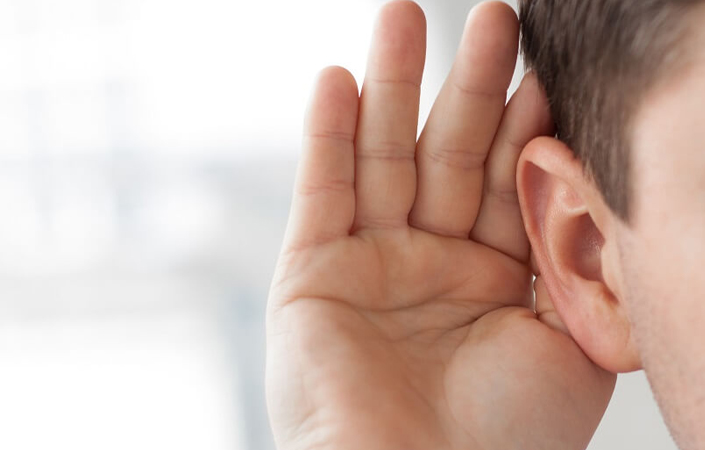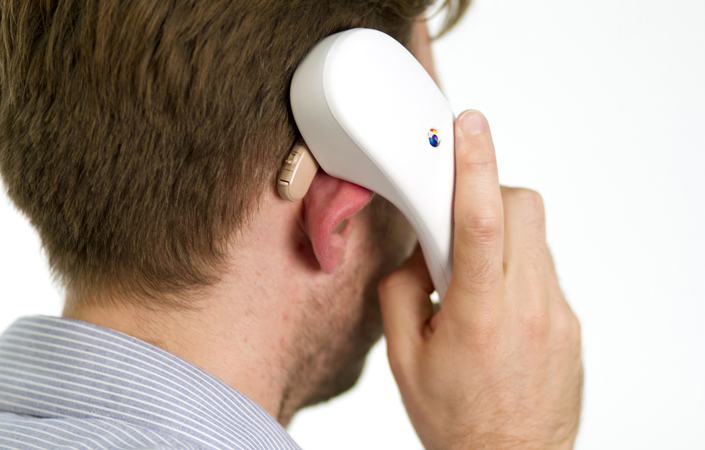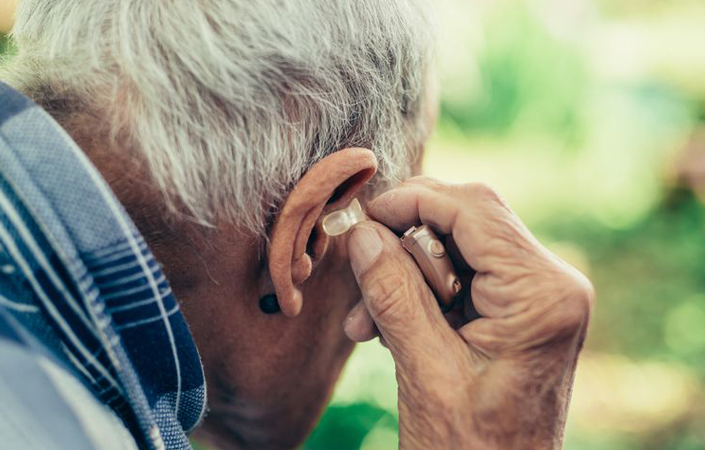
Epley manoeuvres

INSTRUCTIONS FOR PATIENTS AFTER OFFICE TREATMENTS
(Epley or Semont manoeuvres)
1. Wait for 10 minutes after the manoeuvre is performed before going home.
This is to avoid “quick spins,” or brief bursts of vertigo as debris repositions itself immediately afterthe manoeuvre. Don't drive yourself home.

2. Sleep semi-recumbent for the next night.
This means sleep with your head halfway between being flat and upright (a 45° angle).This is most easily done by using a recliner we AS chair or by using pillows arranged on a couch . During the day, try to keep your head vertical. You must not go to the hairdresser or dentist.No exercise which requires head movement.When men shave under their chins, they Should bend their bodies forward in order to keep their head vertical. If eye drops are required, try to put them in without tilting the head back. Shampoo only under the shower. Some authors suggest that no special sleeping positions are necessary (Cohen, 2004; Massoud and Ireland, 1996), We, as do others, think that there is some value (Cakir et al, 2006).
3. For at least one week, avoid provoking head positions that might bring BPPV on again.
o Use two pillows when you sleep.
o Avoid sleeping on the “bad” side.
o Don't turn your head far up or far down.
Be careful to avoid head-extended position, in which you are lying on your back, especially with your head turned towards the affected side. This means be cautious at the beauty parlor, dentist's office, and while undergoing minor surgery. Try to stay as upright as possible. Exercises for low-back pain should be stopped for a week. No “sit-ups” should be done for at least one week and no “crawl” Swimming. (Breast stroke is OK.) Also avoid far head-forward positions such as might occur 1n certain exercises (1.e, touching the toes). Do not start doing the Brandt-Darotf exercises immediately or two days after the Epley or Semont manoeuvre, unless specifically instructed otherwise by your health care provider.
4. At one week after treatment
Put yourself in the position that usually makes you dizzy. Position yourself cautiously and under conditions in which you can't fall or hurt yourself. Let your doctor know how you did. Give Patient Home Epley Manoeuvre to perform three times a day. Repeat this daily until free from positional vertigo for 24 hours. Following the manoeuvres, instruct the patient: Wait 10 minutes before leaving the office, Avoid sudden head movement, Have another person drive you home.
HOME Left EPLEY MANOEUVRE
Typically 3 cycles are performed just prior to going to sleep. Best to do them at night rather than in the morning or midday. If they become dizzy following the exercises, then it can resolve while one is Sleeping. The mirror image of this procedure is used for the right ear. Repeated every night for a week. The head is turned to the side of vertigo/nystagmus during the Dix/Hallpike Test.
Recommended Websites and links:
Timothy C. Hain, MD
http://www.dizziness-and-balance.com/disorders/bppv/bppv.html (Pg modified 11-21-09)
Dix-Hallpike Test
http://www.neurology.org/content/vol70/issue22/images/data/2067/DC2/Video_l.wmv
To see a movie of BPPV
nystagmus, al3 meg download - (http://www.dizziness-and-balance.com/disorders/bppv/movies/Dppv.avi)
Epley manoeuvre
(http://www.dizziness-and-balance.com/disorders/bppv/bppv.html).
A home treatment DVDis available that illustrates the home Epley exercises.
Vestibular Disorders Association
(VEDA) http://www. vestibular.org/).
Brandt Daroff exercise VIEW MOVIE AT http://www.neurology.org/content/vol70/issue22/images/data/2067/DC2/Video_8.wmv.
Mayo Clinic Staff Original Article
http://www.mayoclinic.com/health/vertigo/DSO0534
Outcome Tools:
The Berg Balance Scale
http://www.aahf.info/pdf/Berg_Balance_Scale.pdf
Dizziness Handicap Inventory
http://web.missourl.edu/~ proste/tool/vest/Dizziness-Handicap-Inventory.pdf
Geriatric Depression Scale



.jpg)






